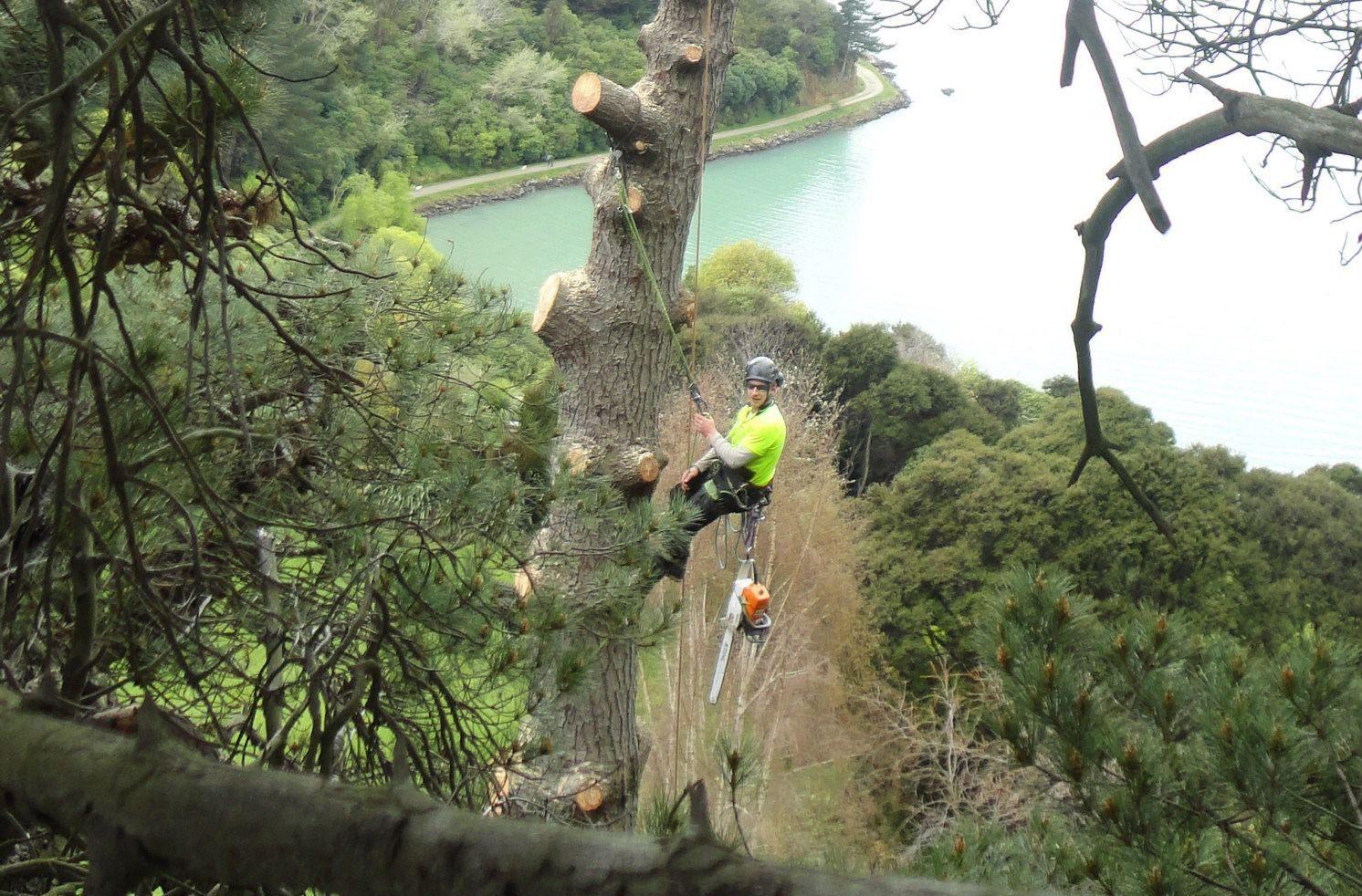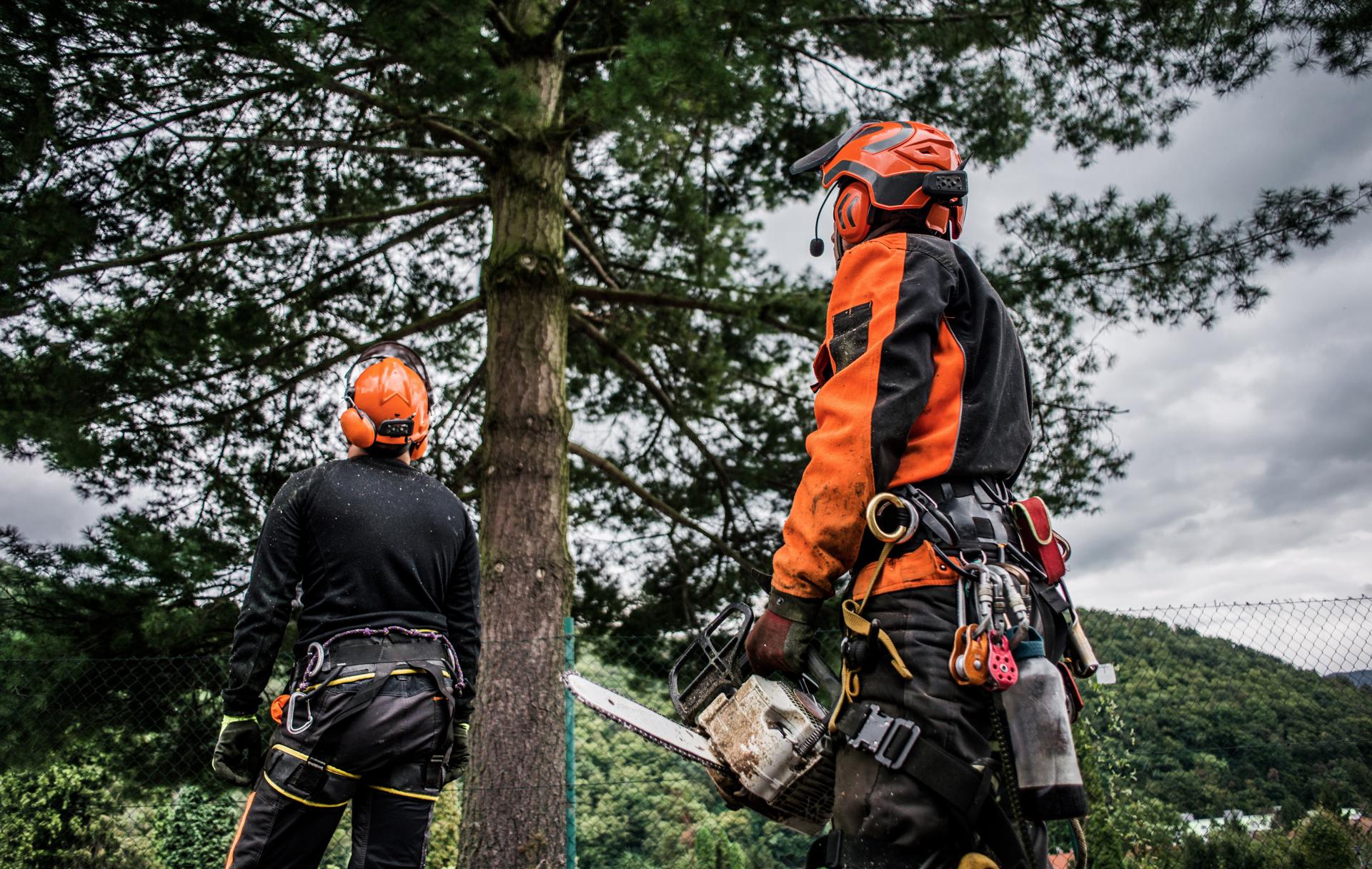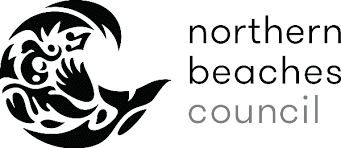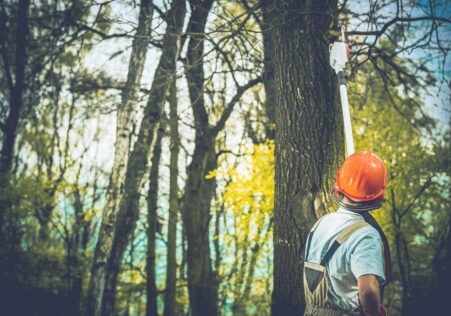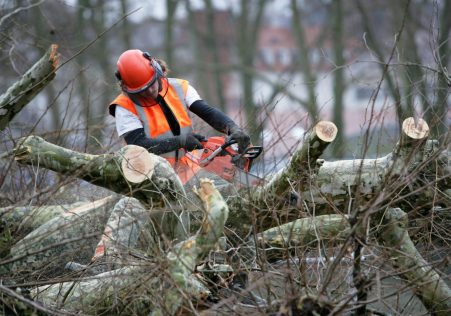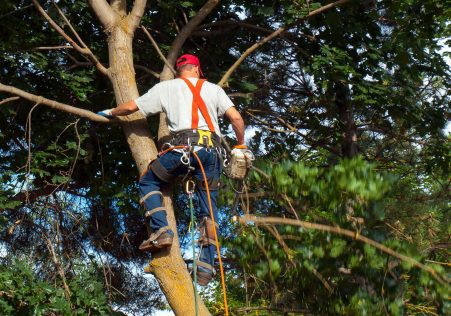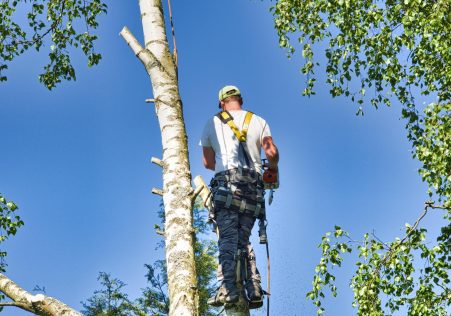The Surprisingly Longevity Of Tree Roots After cutting them down
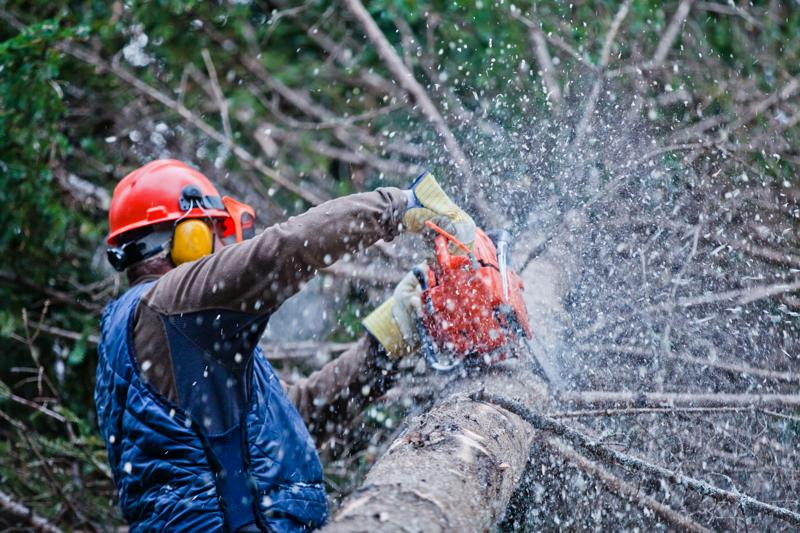
Tree removal is a necessary job for many property owners, but it’s not as easy as cutting off the trunk and leaving the roots to decay. Understanding the longevity of the tree’s roots is essential in ensuring that the removal process is done correctly and safely. The article below we’ll look at the time that roots last after a tree has been removed and address several of the frequently asked questions about this topic.
How long will tree roots last after cutting them down?
The lifespan of tree roots after a tree has been cut down could differ greatly based on the species of tree, the size of the roots, as well as the environment conditions. In general, it’s possible to conclude that the tree’s roots will continue to live for a long time after the tree is cut down. The reason for this is that the roots are still capable of absorbing moisture and nutrients from soil even after the tree is removed.
Factors that affect the longevity of Tree Roots
There are many factors that can affect the life span of tree roots after a tree is taken down. Some of these include different species of trees: Some species of trees contain roots that are robust and last longer than other species. For instance the oak tree’s roots have been known to last for a long time after the tree has been cut down. Size of the roots The bigger the roots of a tree is, the longer they’ll likely remain after the tree is taken down. This is because bigger roots are able to absorb nutrients and moisture in the soil. Environment conditions: The soil type, temperature, as well as levels of moisture in the region in which the tree was removed could affect the life span that the root system. When the soil becomes dry, compacted and degraded, the roots are likely to decompose more quickly. If the soil is well-drained and moist, the roots will last longer.
What happens to tree Roots Following the cutting?
If a tree is cut down the roots slowly begin to decompose. This process can take several years, depending on the factors discussed above. During this time the roots gradually let nutrients into soil, which could be beneficial for other plants in the area. Once the roots have fully decayed, they’ll no longer pose a threat to the surrounding landscapes or structures.
FAQs:
Do tree roots grow back after cutting down?
The roots of trees cannot grow back after a tree been removed. Once the roots are removed, they will gradually start to decay and no longer be capable of being regrown.
Are tree roots able to continue to expand after cutting them down?
No, tree roots aren’t going to continue to grow after a tree is cut down. However, they will be around for several years, as they’re still capable absorption of nutrients and moisture in the soil.
Do tree roots continue to grow after the cutting?
No, tree roots won’t continue to grow after a tree has been cut down. After the tree is taken down, the roots are slowly beginning to break down and will cease to pose a threat to surrounding structures or landscapes.
Conclusion:
In the end, the life span of tree roots after a tree has been removed can be a lot according to a number of variables. Knowing the duration the roots of trees will last is crucial for ensuring that the tree removal process is done correctly and safely. If you have trees that need removal, it’s always recommended to hire an expert Expert Tree Services Brisbane arborist to carry out the job. Our highly-trained and experienced arborists have the tools and know-how to safely and efficiently remove trees and address any concerns about the longevity that the tree’s roots. Contact us now by phone at 0485 882825 to schedule a consultation and find out more about our tree removal services within Brisbane. Don’t risk damaging your property or putting yourself at risk by attempting to take down a tree on your own. Let the experts at Expert Tree Services Brisbane handle all of your tree removal needs.

